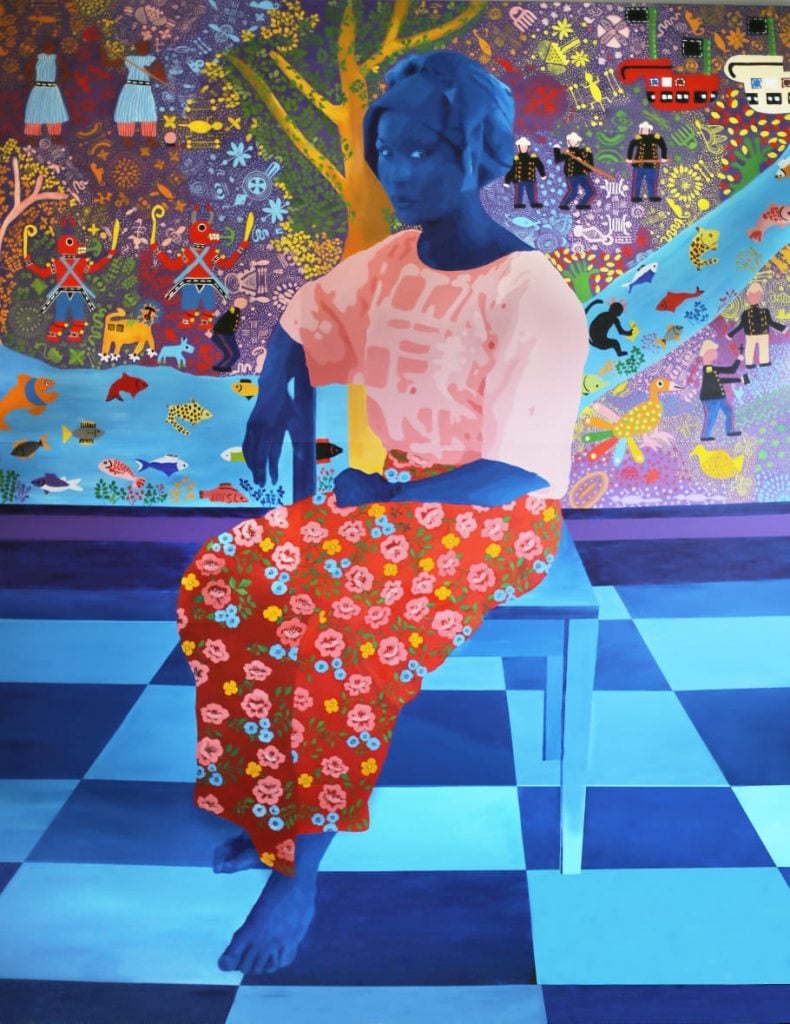Art World
Benin Will Show 26 Recently Restituted Treasures Alongside Contemporary Works of Art at the Country’s Presidential Palace
The three-month show is set to open in February at the Palais de la Marina in the city of Cotonou.

The three-month show is set to open in February at the Palais de la Marina in the city of Cotonou.

Taylor Dafoe

Last month, France’s Musée du Quai Branly restituted 26 stolen cultural objects to the Republic of Benin. Now, the African country is planning to exhibit those artifacts alongside contemporary works of art.
Going on view starting in February is “The Art of Benin in the Past and Today, from Restitution to Revelation: Royal Treasures and the Contemporary Art of Benin,” a three-month exhibition hosted at the Palais de la Marina, home to the Benin president’s office, in the city of Cotonou. The aim, according to an announcement from the organizers, is to “shine a light” on both Benin’s rich artistic past and its underrepresented present.
The show will constitute two sections: “Royal Treasures of Benin,” where the 26 objects returned by the Musée du Quai Branly will be presented in their home country for the first time in 129 years, and “Contemporary Art of Benin,” showing more than 100 pieces by 34 contemporary artists from the country and its diaspora.
Among the items included in the former section are ornate royal scepters, sculpture palace doors, a series of figurative statues, and the thrones of two kings. All hail from the 18th or 19th centuries, the last period of the Kingdom of Dahomey, and were stolen by French forces from the Palace of Abomey.

Moufouli Bello, Tassi Hangbé (2020). © Moufouli Bello, 2021. Photo: Yanick Folly.
In November, French President Emmanuel Macron hosted Benin’s President Patrice Talon in a ceremony to formalize the restitution of the artifacts, which represent just a fraction of the 70,000 objects in the Quai Branley’s collection that have come from African countries.
The museum is now working “to identify works believed to have been taken through violence, without the owners’ consent, or as war booty or through the coercion of the colonial administration,” its director, Emmanuel Kasarhérou, told the AFP earlier this year.
In Benin, the upcoming exhibition is part of a broader plan to reinvigorate the national art scene—an effort that includes restoring the country’s cultural patrimony and providing new opportunities for contemporary creators. Two new institutions, the Musée de l’Épopée des Amazones et des Rois du Danxomè and the Musée d’Art Contemporain de Cotonou are under construction now and are expected to open in 2024.